The enigmatic Iracongi Jellyfish, also known as the Irukandji Jellyfish, mesmerizes with its delicate beauty. Yet, lurking beneath its translucent exterior lies a powerful punch that can trigger an array of life-threatening symptoms.
The Tiny Assassin: Understanding the Iracongi Jellyfish’s Venom
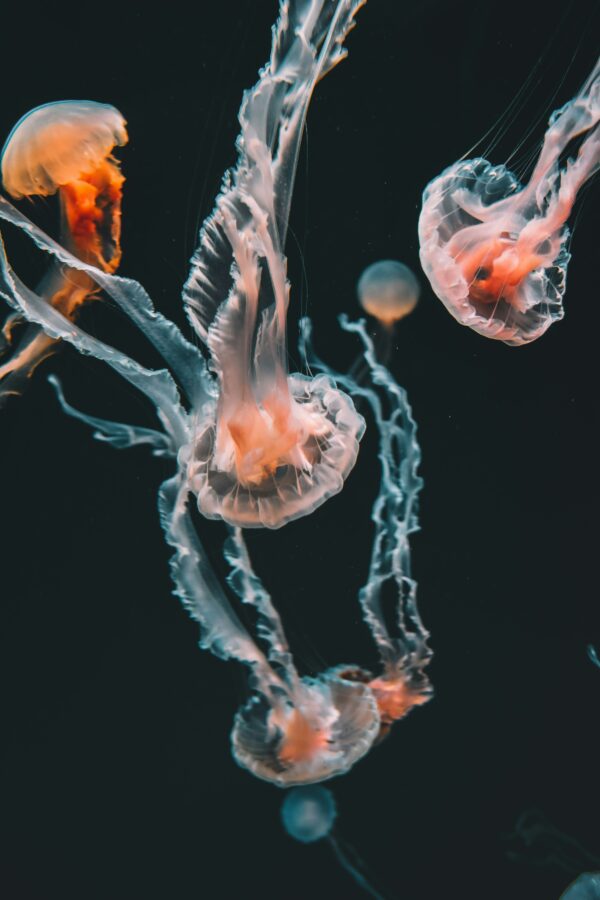
Venturing into the deep waters off the coast of Australia, you may encounter this deadly beauty. Equipped with stingers not only on its tentacles but also on its bell, this exquisite creature can pack a hefty wallop, interlacing beauty with fear. A tiny but potent threat, Iracongi Jellyfish’s bell barely spans two centimeters in diameter.
The sting and its aftermath
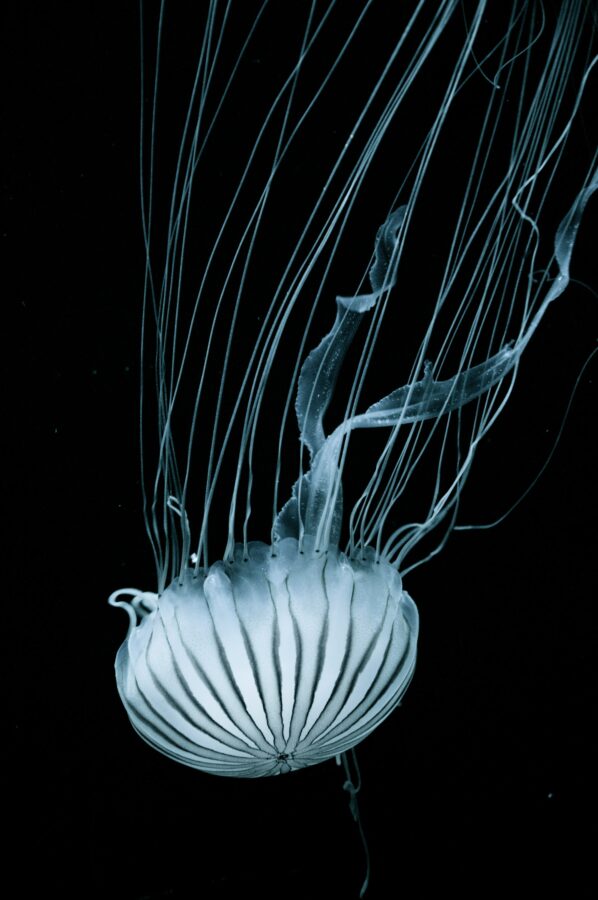
The consequences of receiving an Iracongi jellyfish sting can be dire, leading to a dangerous condition named ‘Irukandji Syndrome.’ It may start off as a slight prick that leads to severe pain within five to forty-five minutes. Symptoms include:
- Severe headache,
- Intense muscle and back pain,
- Chest and abdominal discomfort,
- Nausea and vomiting, and
- Anxiety.
Iracongi Jellyfish’s Underwater Realm
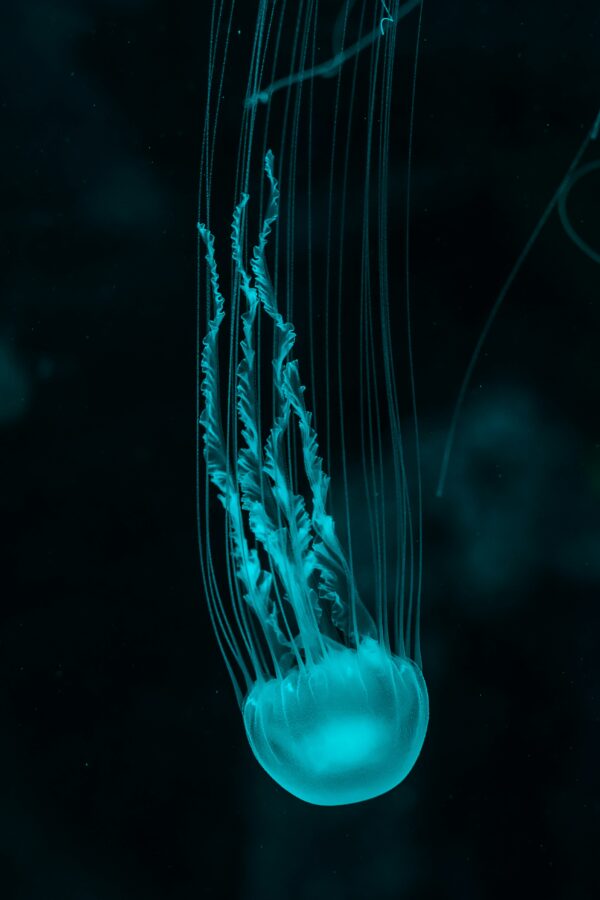
The Iracongi jellyfish is usually found deep in the reef’s waters. Currents can occasionally push them closer towards the shore, posing a threat to unsuspecting swimmers and divers. Spotting them can be challenging due to their minuscule size.
Avoiding the Unexpected
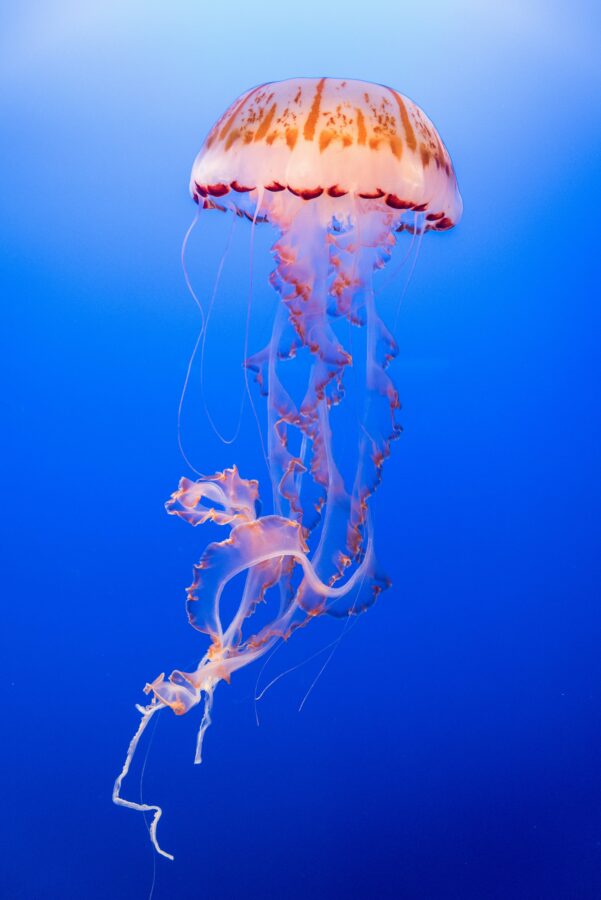
The increased interactions with these tiny assailants have led to preventive measures. Opt for a Lycra stinger suit as a barrier against potential stingers. However, nets used to guard beaches may not prove effective as the tiny Iracongi jellyfish can slip through undeterred.
Unlocking The Secrets
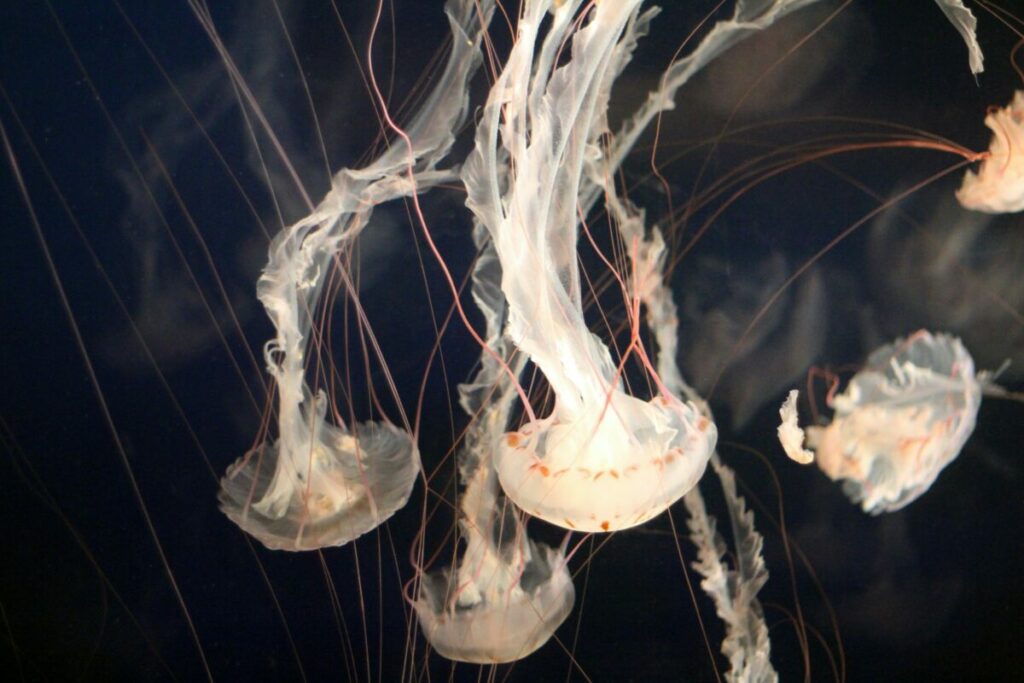
Despite their fearsome reputation, our understanding and knowledge of the Iracongi jellyfish have significantly improved. Scientists have dedicated efforts to study their biology and behavior, leading to more effective treatments following sting incidents.
In conclusion, the tiny Iracongi Jellyfish combines intricate beauty and deadly strength. Exercise caution while diving or snorkeling in Australian waters and always seek medical attention immediately upon receiving a sting.
Related Resources: